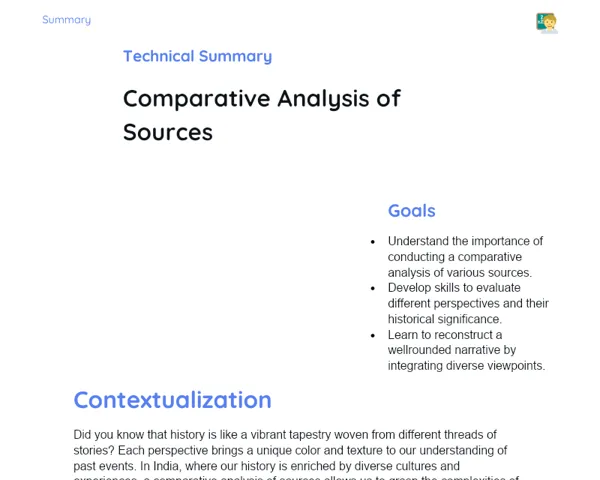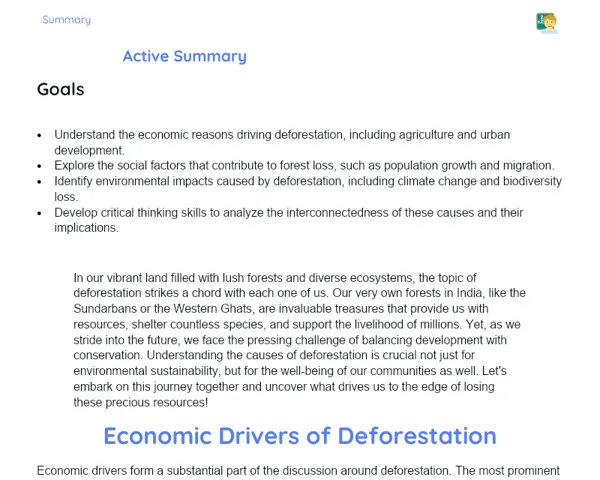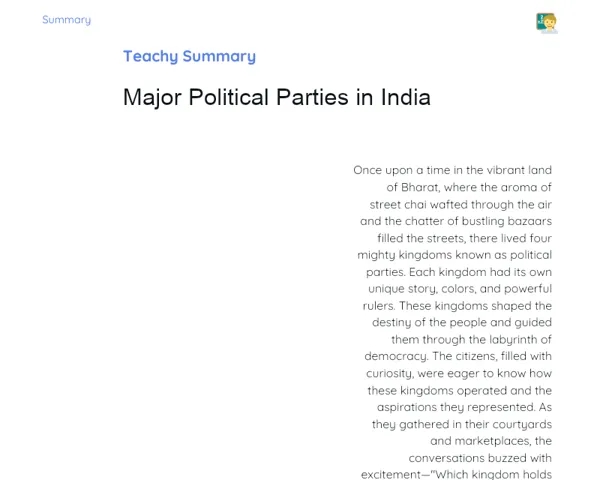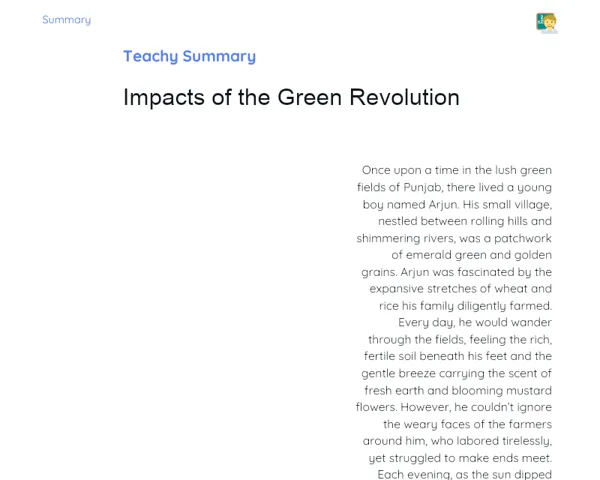Once upon a time in the vibrant heart of Bharat, there was a bustling town named Samruddhi. This town was famous not only for its colorful bazaars filled with the aromas of freshly cooked street food but also for being a little example of the grand governance system of India. Picture this: the sun rising over the majestic ghats, children laughing while flying kites, and the delightful sound of the chaiwallah calling out to his regulars. In Samruddhi, every citizen, from the wise old man sitting under the sprawling banyan tree, recounting tales of yore, to the energetic schoolchildren dashing through the narrow lanes, was part of this grand tapestry of governance. They knew deep down that their lives were interlinked with decisions made far away in the capital, New Delhi. It sparked their curiosity, and they often wondered about the inner workings of this vital structure that kept their town thriving.
One bright afternoon, while engrossed in a game of cricket on the dusty roads, twelve-year-old Priya had a brilliant idea. "Why not gather my friends and explore how our town is governed?" she said, excitement bubbling in her voice. "If we understand how our leaders make decisions, we can become better citizens ourselves!" With her trusty notebook ready to capture every insight, Priya embarked on her mission of discovery with her friends, Rohan and Aisha. Their first exploration led them to understand the three tiers of governance: local, state, and national levels. "Let’s start with our local panchayat!" she exclaimed, her eyes sparkling with curiosity. Their local panchayat was a place where village councils convened every month, discussing everything from sanitation to festivals, and playing a crucial role in uplifting their community.
As they dove deeper into the subject, Priya and her friends discovered that each level of governance had specific roles and responsibilities that resonated with their daily lives. They learned that the state government, helmed by the Chief Minister, was responsible for crucial decisions affecting the entire state, such as educational policies, healthcare services, and infrastructure development that influenced their everyday existences. How fascinating it was to realize that these leaders were chosen through elections, just like their own town representatives! They were enthralled by the thought that the national government, led by the Prime Minister, was steering decisions that impacted the lives of over a billion people across the diverse tapestry of India—from the snowy peaks of the Himalayas to the sun-kissed beaches of Goa.
In their quest for knowledge, the group also stumbled upon the importance of the Constitution, which served as a beacon guiding their governance system. It became clear to them that the Constitution was akin to a grand rulebook, ensuring everyone was treated fairly, no matter their caste, creed, or religion. Priya felt a surge of pride; this document was the very foundation of democracy, ensuring that every voice—be it loud or soft—could resonate. The more they uncovered, the more they felt empowered to participate in their governance system. "Let’s write letters to our local representatives about the issues that matter to us!" suggested Rohan, his voice filled with enthusiasm. The group eagerly brainstormed topics, from better waste management to enhancing local school facilities. A newfound sense of responsibility blossomed within them as they began to comprehend the magnitude of their potential contributions to the betterment of Samruddhi.
As the vibrant sun dipped below the horizon, painting the sky with hues of orange and pink, Priya and her friends wrapped up their exciting journey of discovery with a deep sense of accomplishment. They had traversed the intricate web of India’s governance system and emerged with a treasure trove of knowledge. From the panchayat meetings in their lively town square to the bustling corridors of the state assembly, and the grand parliament in Delhi, they realized that governance is not just a distant or abstract concept; it is an essential part of their lives. It was about community connection, power dynamics, and the potential to shape their own futures. Inspired and enlightened, the children of Samruddhi couldn't wait for tomorrow's adventures, ready to take their first steps toward becoming active participants in their ongoing democratic journey. Armed with knowledge, they looked forward to wielding their pens to be the change they wished to see in the world.



